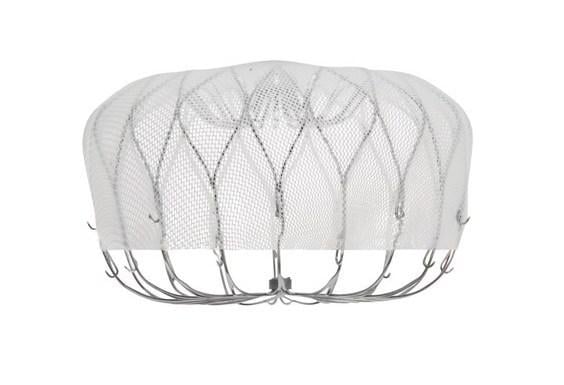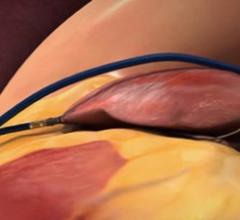The ability of a cardiologist to work remotely can save lives. By leveraging the advantages of a cloud-based cardiovascu ...
Diagnostic and Interventional Cardiology DAIC
Diagnostic and Interventional Cardiology (DAIC) is a magazine that reaches more than 25,000 healthcare professionals in cardiology, interventional cardiology and cath labs across the United States. These influential buying team members rely on DAIC's award-winning editorial content and comparison charts as a unique research tool for specifying, recommending and approving technology/device purchases.

May 18, 2021 — The experimental heart failure drug omecamtiv mecarbil reduced heart failure hospitalizations by a ...
May 18, 2021 — Dapagliflozin (Farxiga), a sodium-glucose co-transporter 2 (SGLT2) inhibitor, did not significantly ...
May 17, 2021 — In patients receiving therapeutic hypothermia after suffering out-of-hospital cardiac arrest, those who ...

Diagnostic and Interventional Cardiology (DAIC) and its sister publication Imaging Technology News (ITN) recently took ...

May 16, 2021 — Two months after undergoing renal denervation (RDN) with the ReCor Paradise renal denervation system ...

May 15, 2021 - Transcatheter left atrial appendage occlusion (LAAO) with a Boston Scientific Watchman device was ...
May 15, 2021 — The combination heart failure drug sacubitril/valsartan (Entresto) did not significantly reduce the rate ...
May 15, 2021 — Patients with an elevated risk of stroke due to heart rhythm problems, or atrial fibrillation (AFib) ...
May 15, 2021 — The anticoagulant apixaban (Eliquis) was not superior to standard of care following transcatheter aortic ...

There is a trend in interventional cardiology that is now being called “renalism,” where patients with poor renal ...
May 13, 2021 — The Centers for Disease Control and Prevention (CDC) just released a new statement relaxing the ...

The mitral valve anatomy is extremely complex, which has caused many challenges for transcatheter mitral valve ...
Tom Jones, M.D., director, cardiac catheterization laboratories, Seattle Children’s Hospital, and principle investigator ...
May 13, 2021 — Estimates of excess deaths, defined as the number of persons who have died from all causes, above the ...

 May 19, 2021
May 19, 2021








